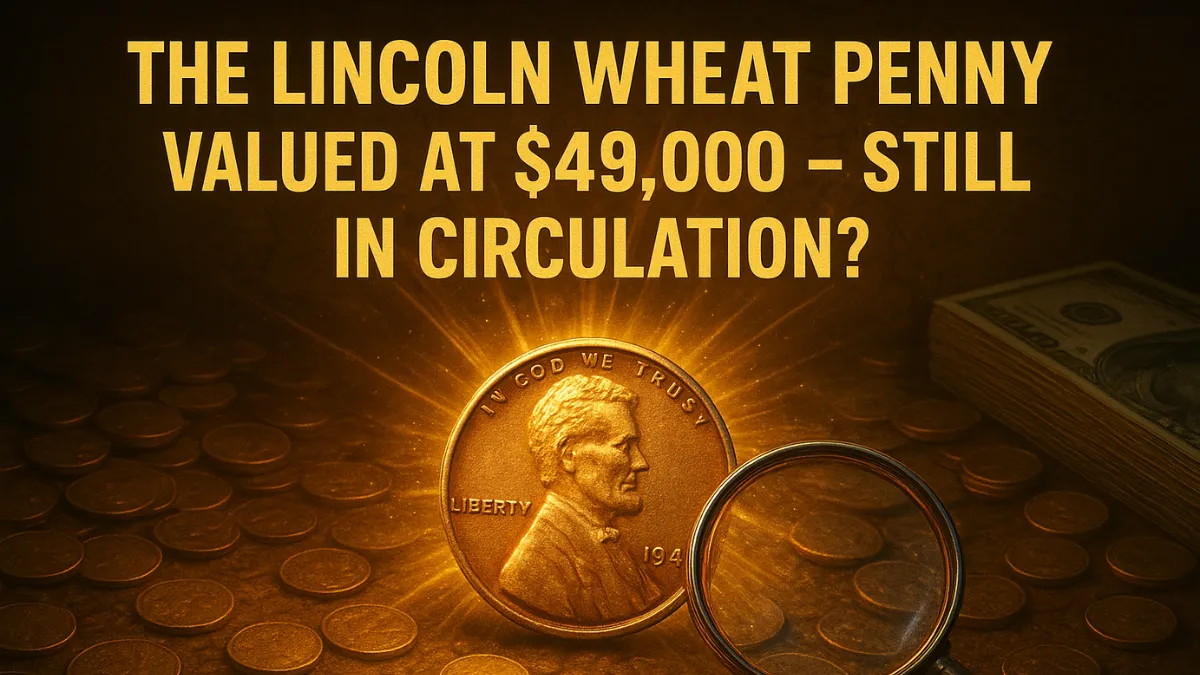The humble Lincoln Wheat Penny, minted between 1909 and 1958, remains a symbol of American history and an object of fascination for collectors. While most Wheat Pennies are only worth their face value or marginally more, rare varieties occasionally reach staggering prices at auction, with some fetching values as high as $4,900 or beyond. But are these treasures still found in pocket change, or is their legendary status mostly history? Let’s explore the facts, key coin features, and what you should know if you want to hunt for these elusive coins.
What Makes a Lincoln Wheat Penny Rare and Valuable?
Scarcity, condition, and remarkable mint errors are the pillars of value when it comes to Lincoln Wheat Pennies. Only a select few pennies from the series—often with unique dates, mint marks, or production quirks—garner high demand and price tags reaching into thousands of dollars.
- Key Dates: Certain years, like 1909-S VDB and 1914-D, are much scarcer due to low mintages.
- Error Coins: Double dies, repunched mint marks, off-center strikes, and other production mistakes can dramatically boost value.
- Excellent Condition: Pennies with full original luster, sharp details, and no signs of wear (graded “Mint State”) are significantly more valuable.
Examples of High-Value Wheat Pennies
Several Lincoln Wheat Pennies have achieved auction prices in the $4,900 range and beyond:
A Lincoln Wheat Penny worth about $4,900 will most likely be a coin with an error (like a doubled die or off-center strike), a key date, or an exceptionally well-preserved example.
Can Rare Wheat Pennies Still Be Found in Circulation?
While major rarities are unlikely to turn up in your spare change, stories persist of lucky collectors finding valuable Wheat Pennies in old jars, bank rolls, or estate boxes. Due to their age and the number that have already been harvested by collectors, the odds are slim—yet not impossible.
Actionable Tips for Would-Be Penny Hunters:
- Check older penny rolls from banks or family savings.
- Learn to spot common errors: Consult guides with high quality coin images to recognize doubling, repunched marks, or unusual strikes.
- Inspect for key dates and mint marks: Especially look for 1909-S, 1914-D, 1922 No D, 1931-S, and error coins from the 1940s and 1950s.
Takeaway: Value Lies in Rarity, Condition, and a Keen Eye
The Lincoln Wheat Penny can absolutely be worth thousands—indeed, some have sold for $4,900 or even much more, depending on the exact variety and condition. Nevertheless, despite the thrill of a big find, most Wheat Pennies in circulation are relatively ordinary. Still, the dream of discovering a rare date or error coin remains alive for patient, enthusiastic collectors. With knowledge and a thoughtful approach, your next penny could be a piece of numismatic history worth far more than one cent.







